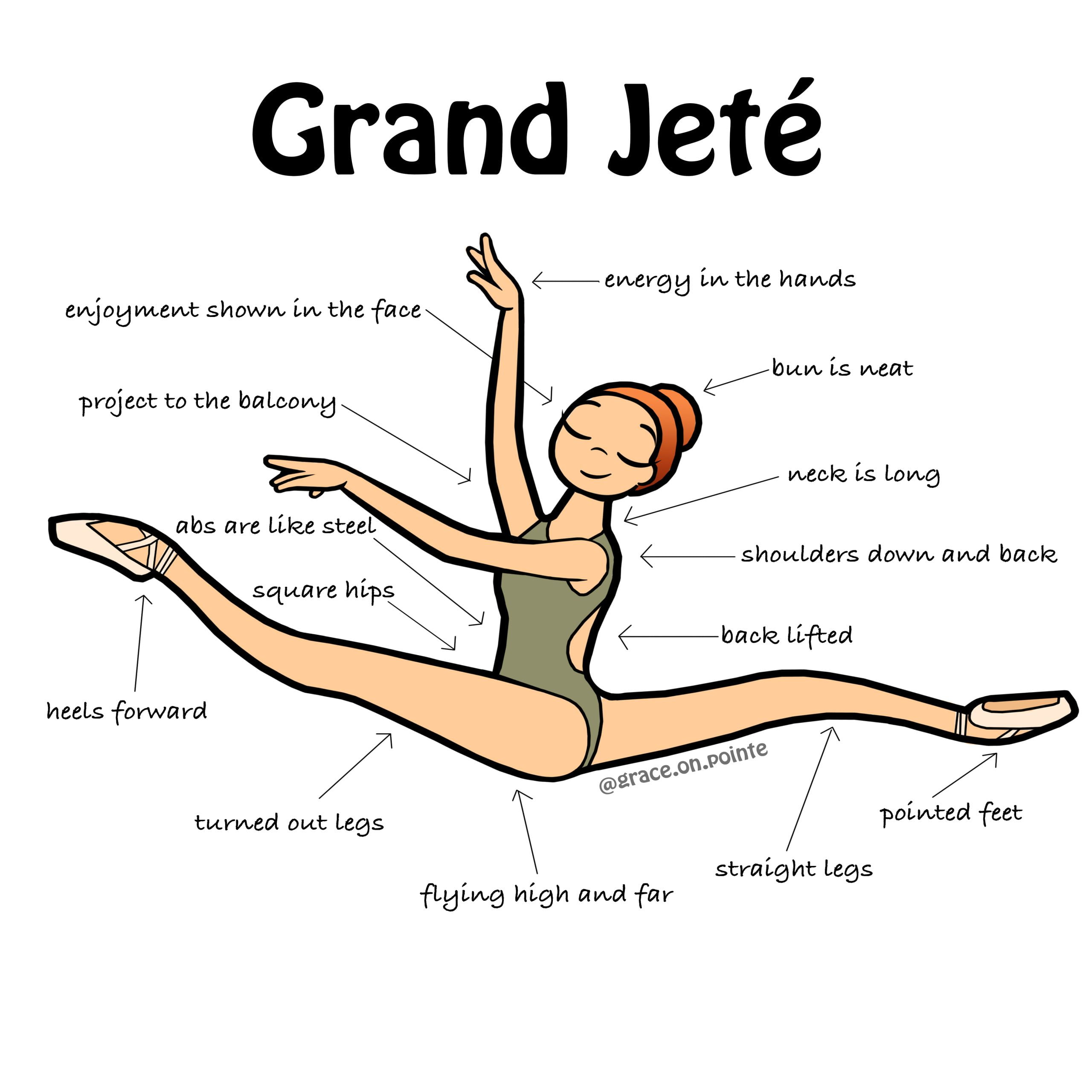- Introduction
- What Are Dance Isolations?
- Benefits of Practicing Dance Isolations
- Common Dance Isolation Techniques
- Tips for Improving Your Dance Isolations
- Incorporating Dance Isolations into Choreography
- Famous Dancers Known for Their Dance Isolations
- Frequently Asked Questions about Dance Isolations
- Conclusion
Introduction
Sure, I will continue from where you left off:Introduction
Dance has always been a captivating form of expression, allowing individuals to convey emotions and tell stories through movement. One of the key elements that adds flair and precision to dance routines is the concept of dance isolations. In this article, we will explore what dance isolations are, their benefits, common techniques, tips for improvement, incorporating them into choreography, famous dancers known for their expertise in isolations, and address frequently asked questions about this captivating dance technique.
What Are Dance Isolations?
Dance isolations refer to the art of moving specific body parts independently while keeping the rest of the body still or in a controlled manner. It requires immense control, coordination, and body awareness. Isolations allow dancers to emphasize and highlight specific movements, creating visually stunning performances that capture the attention of the audience.
Benefits of Practicing Dance Isolations
Practicing dance isolations offers numerous benefits for dancers of all levels. Firstly, it enhances body awareness and control, allowing dancers to develop a deeper understanding of their own movements. Secondly, isolations help improve coordination and muscular strength, as different parts of the body are isolated and engaged individually. Furthermore, incorporating isolations into dance routines adds an element of precision and style, elevating the overall performance.
Common Dance Isolation Techniques
There are various dance isolation techniques that dancers can incorporate into their routines. Some common examples include:
- Head isolations: Moving the head in isolation, creating smooth and controlled movements.
- Shoulder isolations: Isolating the movement of the shoulders, allowing for fluid and precise motions.
- Arm isolations: Focusing on isolating the movements of the arms, highlighting intricate gestures and shapes.
- Torso isolations: Controlling the movement of the torso, creating waves or undulations.
- Hip isolations: Emphasizing the movement of the hips, adding rhythm and flair to the dance.
- Leg isolations: Isolating leg movements, such as kicks or extensions, to create dynamic and visually captivating sequences.
Tips for Improving Your Dance Isolations
To enhance your dance isolations, consider the following tips:
- Practice regularly: Consistent practice is key to improving isolations and developing greater control over your movements.
- Focus on technique: Pay attention to proper alignment and form to ensure clean and precise isolations.
- Work on body awareness: Take the time to understand how different body parts move and connect with each other.
- Engage in strength training: Building strength in the relevant muscle groups will enhance the execution of isolations.
- Study famous dancers: Learn from renowned dancers known for their exceptional isolations and incorporate their techniques into your practice.
Incorporating Dance Isolations into Choreography
When incorporating dance isolations into choreography, it is essential to consider the music, style of dance, and overall theme of the routine. Isolations can be used as standalone movements or as transitions between different sequences, adding depth and complexity to the performance. Experiment with different combinations and explore creative ways to showcase your isolations while maintaining a cohesive and engaging choreography.
Famous Dancers Known for Their Dance Isolations
Several talented dancers have gained recognition for their exceptional dance isolations. Some notable names include Michael Jackson, who mesmerized audiences with his precise and effortless isolations, and Janet Jackson, who incorporated isolations into her high-energy performances. Additionally, artists like Usher, Beyoncé, and James Brown have also showcased their mastery of isolations, inspiring dancers worldwide.
Frequently Asked Questions about Dance Isolations
Q: Can anyone learn dance isolations?
A: Yes, dance isolations can be learned and practiced by dancers of all levels. It may require patience and consistent training to develop the necessary control and coordination, but with dedication, anyone can improve their isolations.
Q: Are dance isolations limited to specific dance styles?
A: No, dance isolations can be incorporated into various dance styles, including hip-hop, contemporary, jazz, and even traditional cultural dances. The versatility of isolations allows dancers to express themselves across different genres and movement vocabularies.
Conclusion
In conclusion, dance isolations are a captivating dance technique that adds precision, style, and visual appeal to performances. By practicing isolations, dancers can enhance their body control, coordination, and overall dance skills. Incorporating isolations into choreography allows for creative expression and individuality. So, embrace the art of dance isolations, explore different techniques, and unleash your inner dancer!
And that concludes our SEO-friendly article on dance isolations. We hope you found it informative and inspiring. Happy dancing!Conclusion
